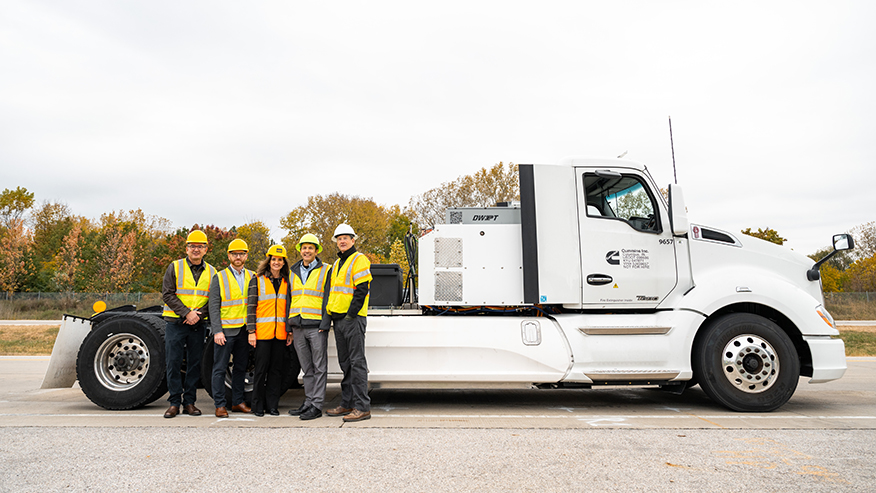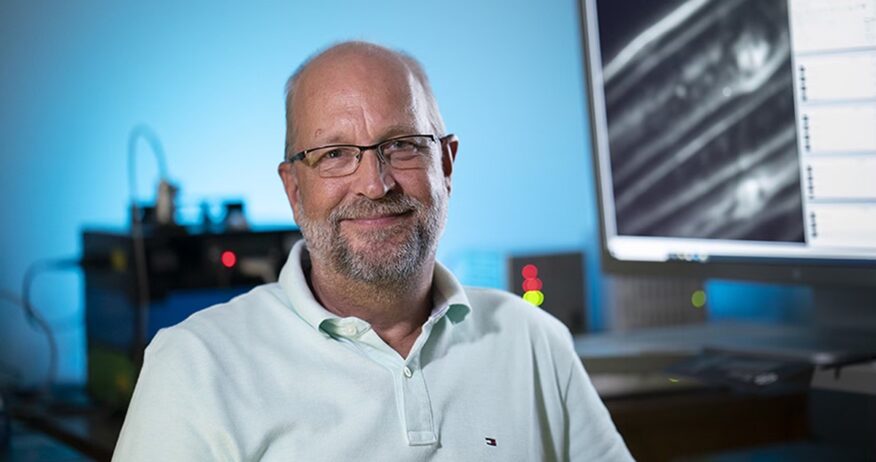Purdue research: Wireless neural implants could be key to changing how we interact with technology

Purdue University engineer Shreyas Sen is developing innovations for the post-smartphone era, in which people collaborate with technology rather than simply coexist with devices encased behind screens. (Purdue University image/Greta Bell)
Purdue researchers led by Shreyas Sen, the Elmore Associate Professor of Electrical and Computer Engineering, have invented a wireless brain implant that can transmit electro-quasistatic signals. Their findings, which were published in Nature Electronics, show broadband communication with the neural implants, which could enable superior medical treatments and eventually allow us to control electronics with our minds.
Article Title
Biphasic quasistatic brain communication for energy-efficient wireless neural implants
Authors
Baibhab Chatterjee, PhD student, Electrical and Computer Engineering
Krishna Jayant, assistant professor, Biomolecular Engineering
Gaurav Kumar, graduate research assistant, Electrical and Computer Engineering
Mayukh Nath, graduate research assistant, Electrical and Computer Engineering
Shreyas Sen, Elmore Associate Professor, Electrical and Computer Engineering
Shulan Xiao, graduate research assistant, Biomedical Engineering
Journal
Nature Electronics, 2023
Full Article
Article Summary
Wearable devices typically use electromagnetic fields for wireless information exchange. For implanted devices, electromagnetic signals suffer from a high amount of absorption in tissue, and alternative modes of transmission (ultrasound, optical and magneto-electric) cause large transduction losses due to energy conversion. To mitigate this challenge, researchers report biphasic quasistatic brain communication for wireless neural implants. The approach is based on electro-quasistatic signaling that avoids transduction losses and leads to an end-to-end channel loss of only around 60 decibels at a distance of 55 millimeters. It utilizes dipole-coupling-based signal transfer through the brain tissue via differential excitation in the transmitter (implant) and differential signal pickup at the receiver (external hub). It also employs a series capacitor before the signal electrode to block d.c. current flow through the tissue and maintain ion balance. Since the electrical signal transfer through the brain is electro-quasistatic up to the several tens of megahertz, it provides a scalable (up to 10 Mbps), low-loss and energy-efficient uplink from the implant to an external wearable. The transmit power consumption is only 0.52 microwatts at 1 Mbps (with 1% duty cycling)—within the range of possible energy harvesting in the downlink from a wearable hub to an implant.



